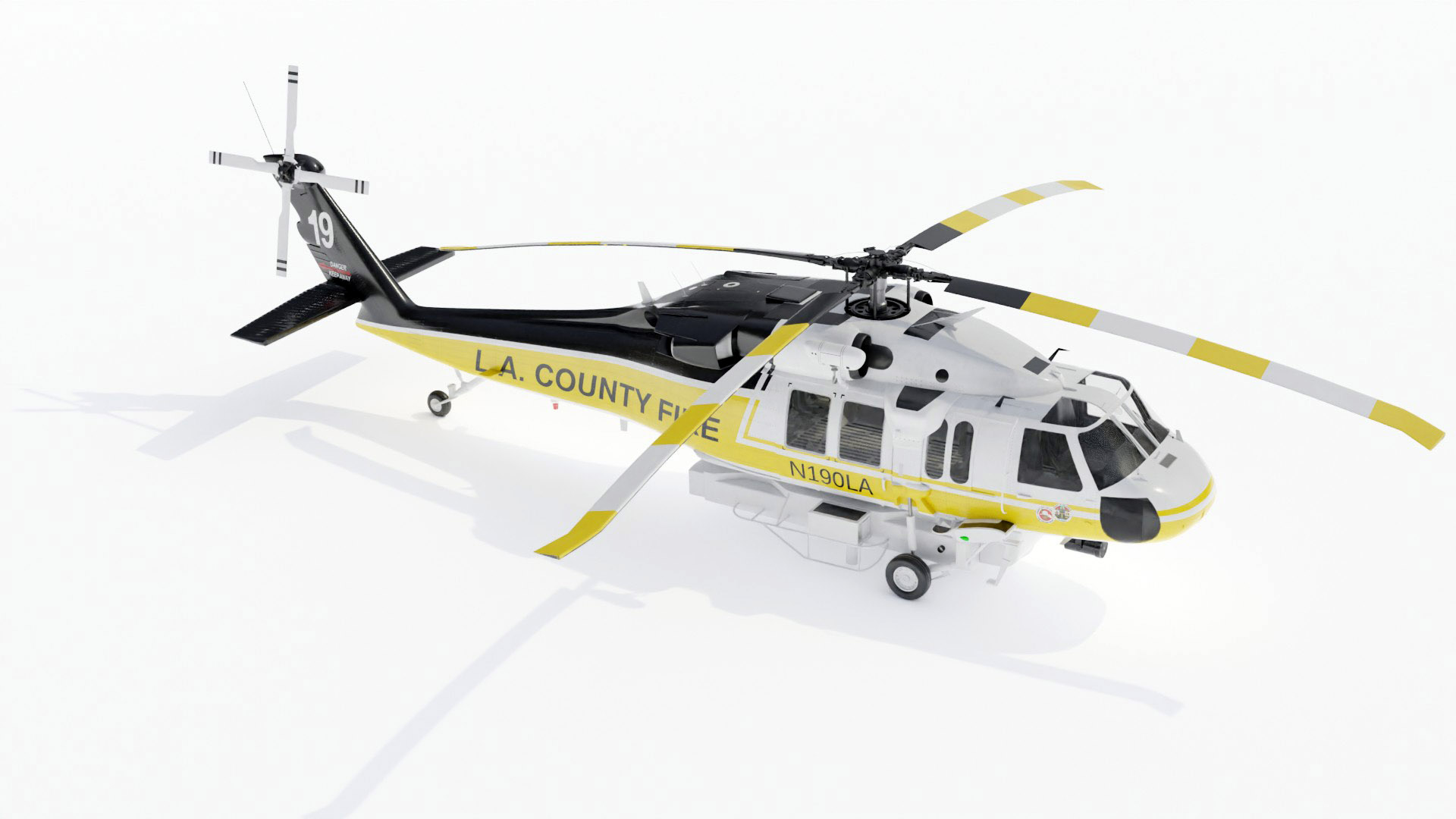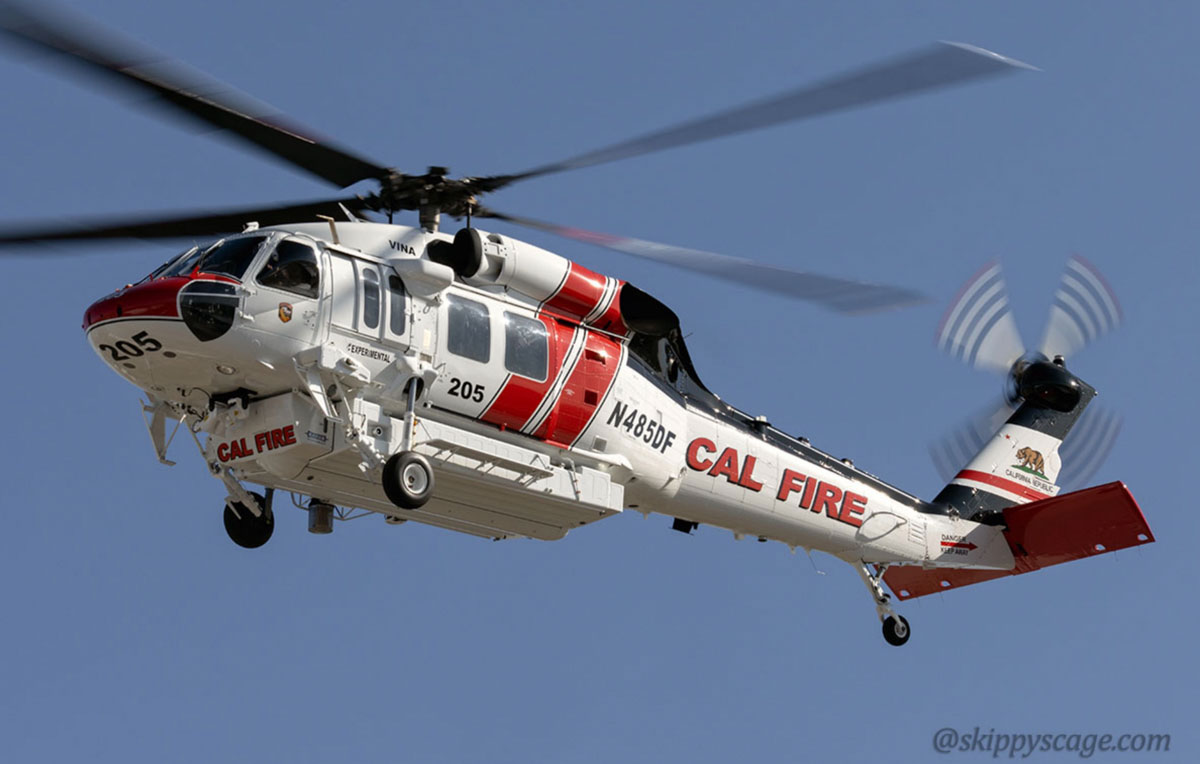Sikorsky S 70: Reinventing Tactical Workflow with Cutting-Edge Technology
Sikorsky S 70: Reinventing Tactical Workflow with Cutting-Edge Technology
Blog Article
Rotary-Wing Aircraft Offering Superior Durability and Precision Engineering
In the world of air travel, rotary-wing aircraft have long been acknowledged for their distinct capacities in numerous operational atmospheres. As we explore the complex equilibrium in between technology and dependability in rotary-wing aircraft, it ends up being noticeable that the merging of sophisticated innovation and tried and tested style principles has set a brand-new standard for efficiency and effectiveness in the aerospace market.
Advancement of Rotary-Wing Innovation
Throughout the history of aeronautics, the development of rotary-wing technology has actually been a testament to consistent advancement and development in aeronautical design. From the early days of upright flight with rudimentary designs to the advanced helicopters and other rotary-wing aircraft these days, the progress in this area has been exceptional.
In the very early 1900s, leaders like Igor Sikorsky and Juan de la Cierva made substantial strides in rotary-wing technology. Sikorsky's VS-300 helicopter, very first flown in 1939, noted a zero hour in the advancement of practical rotary-wing aircraft. This success led the way for additional developments in upright flight abilities.

Today, rotary-wing airplane play critical roles in various industries, including armed forces operations, emergency medical services, legislation enforcement, and industrial transportation. The development of rotary-wing innovation remains to press the limits of what is feasible in vertical flight, guaranteeing that these aircraft stay important assets in the aviation sector.
Products and Construction Innovations
Showing a combination of innovative materials and specific building and construction methods, rotary-wing airplane have gone through considerable innovations in longevity and efficiency. One of the vital innovations in products utilized for rotary-wing airplane is the enhancing utilization of composite materials.
In addition, the assimilation of innovative finishings and surface area therapies has played a critical duty in boosting the toughness of rotary-wing aircraft. These finishes provide protection against corrosion, abrasion, and severe weather, expanding the life-span of the airplane and decreasing upkeep needs.
In regards to building and construction developments, additive manufacturing, likewise understood as 3D printing, has actually revolutionized the manufacturing of complex parts for rotary-wing aircraft. This innovation enables for quick prototyping and modification, leading to much faster advancement cycles and reduced prices. On the whole, the continual development of products and building methods is driving the abilities and efficiency of rotary-wing airplane to new elevations.
Accuracy Flight Control Systems

The assimilation of GPS innovation additionally boosts the precision and integrity of these systems, allowing for accurate navigation, waypoint monitoring, and automated flight control. sikorsky s 70. This degree of accuracy not just boosts the security of rotary-wing procedures but likewise enhances overall functional performance and mission performance
In addition, the continual improvements in expert system and artificial intelligence have promoted the growth of autonomous trip capacities within Precision Trip Control Equipment. This enables rotary-wing airplane to do complex missions with unequaled precision and uniformity, making them indispensable assets in a vast array of applications, including military procedures, search and rescue objectives, and aerial photography.
Resilience in Challenging Atmospheres
In requiring operational settings, rotary-wing airplane demonstrate phenomenal strength and effectiveness, guaranteeing ideal efficiency under difficult ecological problems. These airplanes are designed to stand up to a variety of environmental elements, consisting of extreme temperatures, high winds, and harsh terrain, making them well-suited for numerous missions in varied landscapes.
One key variable adding to the resilience of rotary-wing airplane is their tough building and construction. These airplanes are constructed utilizing high-grade products and progressed engineering techniques to boost their structural honesty and dependability. Additionally, components such as rotor blades, engine systems, and landing equipment are carefully developed to hold up against the tensions and stress run into during operations in challenging settings.
Moreover, rotary-wing airplane are geared up with advanced onboard systems that monitor efficiency metrics in real-time, allowing for aggressive upkeep and very early discovery of potential problems - sikorsky s 70. This aggressive approach aids stop unforeseen failures and guarantees the continued airworthiness of the airplane popular operational settings. In general, the sturdiness of rotary-wing aircraft in challenging settings is a testament to their superior design and style, making them essential assets for numerous mission-critical operations
Upkeep and Integrity Specifications
The adherence to stringent maintenance and reliability requirements is vital in making certain the optimal efficiency and safety of rotary-wing aircraft. Normal upkeep checks, carried out by qualified service technicians, are vital to determine and attend to any prospective concerns prior to great post to read they endanger the aircraft's performance. These checks incorporate a detailed assessment of all essential elements, including the engine, blades system, avionics, and hydraulic systems, to guarantee that they remain in prime functioning condition.
In addition, adherence to scheduled maintenance periods according to manufacturer standards is important for supporting the aircraft's reliability. This proactive approach aids prevent unanticipated failures and makes certain that the airplane stays airworthy for its designated missions. In addition, the execution of robust dependability standards, such as regular element testing and substitute based on predetermined lifecycles, better boosts the aircraft's stability.
Final Thought

Finally, the innovations in rotary-wing aircraft modern technology have led to remarkable resilience and accuracy engineering. With ingenious products and building techniques, together with accuracy flight control systems, these airplane can run in tough environments with increased integrity. The maintenance and integrity requirements make sure that these rotary-wing aircraft remain to do at their finest, making them essential assets for different sectors.
Demonstrating a combination of advanced materials and exact building strategies, rotary-wing aircraft have undertaken substantial developments in toughness and performance. One of the crucial innovations in materials made use of for rotary-wing aircraft is the boosting usage of composite products.With precise interest to detail and advanced technical integration, rotary-wing aircraft have actually embraced Precision Flight Control Systems as a cornerstone of their functional quality. Generally, the durability of rotary-wing airplane in challenging environments is a testimony to their exceptional engineering and layout, making them important possessions for various mission-critical operations.
In verdict, the advancements in rotary-wing aircraft modern technology have led to premium sturdiness and precision design.
Report this page